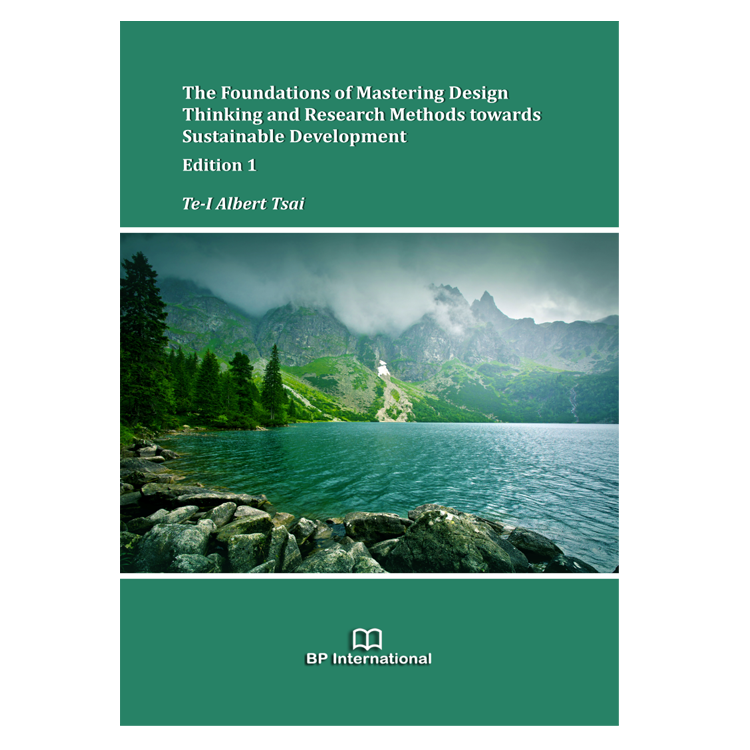Having taught at Universities and researched various environmental and social behavioral issues together with professional practice experience as a project manager for many consultant companies and as a juror reviewing government projects for over two decades, I find that planners and designers in Taiwan generally comply with Urban Planning Law and follow site planning process with few exceptions.
Frequently, being part of the process of Site Planning (SP) initiated by Kevin Lynch, terms such as Schematic Design (SD), Detail Development (DD), and Specification (Spec) have been used to indicate the status of planning and design procedure in every professional project since 1962, regardless of urban planners, landscape architects, and architects. Today, most students and even professionals in Taiwan follow the SP process to collect and compile data to fill in the chapters in Project Reports and Request for Proposals (RFP) based on the nine stages of Site Planning without thinking “Why?” and with no expecting what the consequences are going to be created for their projects during the process.
Lynch’s “nine stages” of SP starts from defining the problem, programming after analyzing the site and user, developing schematic design and preliminary cost estimate, finalizing developed design and detailed costing, contract documents for bidding and contracting together with construction, and following up with occupation and management (Lynch and Hack, 1984). This typical SP cycle has been applied to most professional projects and for academic teaching since the 1900s. However, the process of the stages seems to be utilized more appropriately for sites with some developments rather than a wilderness area such as the Mojave Desert, which is sparsely populated and only receives less than 50 mm of rain annually. If a developer owns a parcel of land in the desert and asks an architect to create a resort master plan for development, the SP process seems to be less useful in such a case due to no user living on-site and a lack of existing infrastructure for supporting such activities.
To tackle environmental and social issues such as extreme climate change, global warming, rising sea levels, aging population, and the COVID-19 pandemic, I believe that many previous theories and methods of planning and doing design together with research need to be reviewed and revised. Here, issues of environmental and social are interrelated.
On July 20, 2021, a record of four-day downpour massively flooded the central city of Zhengzhou, where the city (so-called sponge city) had already invested over $200,000 million dollars (CNY) since 2016 to redesign its infrastructure including the installation of pavements, rain gardens, green roofs, and urban wetlands to prevent floods from happening but it failed. On the other hand, Japan built the “Kasukabe Underground Flood Protection Tank” so-called “Outer Underground Discharge Channel” in 1992 and completed it in June 2006, which was innovative thinking dealing with floods dissimilar to Sponge City.
Since then, this channel project together with other strategies such as locating more retaining ponds has made the Kasukabe area no floods occurring. Here, if “sponge city” is a theory of thinking associated with sustainable development, infrastructures such as permeable pavements, rain gardens, green roofs, and wetlands are part of traditional methods to reduce floods. Unfortunately, the concept of sponge city and strategies of low-impact development did not protect Zhengzhou from flooding, since the volume of rainfall was beyond the water absorption capacity of the infrastructure. When rainfall volume is predictable, the flood may be controllable but Zhengzhou is not the case. However, to achieve environmental sustainability and to mitigate unknown external environmental influences such as global warming, sea level rising, extreme climate change, and aging population and total low fertility rate affecting social sustainability, many previous planning and design theories are probably out of date and unable to take care of current environmental issues. New researches based on innovative thinking need to be integrated into previous theories.
Generally, a method is a process of achieving a task or a way of doing something based on a theory of conception, thinking, reflection, and consideration. Methods and theories are in fact interrelated. Only when students and the built environment professionals understand the underlying connections, they will then choose the easiest approach/method to complete projects in a shorter time and within their budget.
Although there are books discussing planning, design, and research methods, very few are able to draw a full range of interrelated thinking. Instead of creating a new integrated method or theory, this book seeks to highlight critical thinking behind methods and theories by deriving from existing literature and research work together with professional case studies for discussing and speeding up the process of planning and designing, after fully understanding their complicated connections. It is expected that this textbook is an advanced resource of documentation for students, the built environment professions, and researchers.
This book begins with a broad exposition of what methods and theories of thinking in areas of planning, design, and research. Chapter 2 outlines and discusses issues of planning and design methods based on case studies. Chapter 3 presents the critical thoughts of research methods. Chapter 4 addresses the theory of thinking and methods associated with unpredictable futures. Chapter 5 highlights the important principles associated with outdoor design. Chapter 6 concludes discussions by suggesting that joining up the professional practice and academic specialists to face future uncertainty together with the basic attitude possessed by researchers and by the built environment professions.





